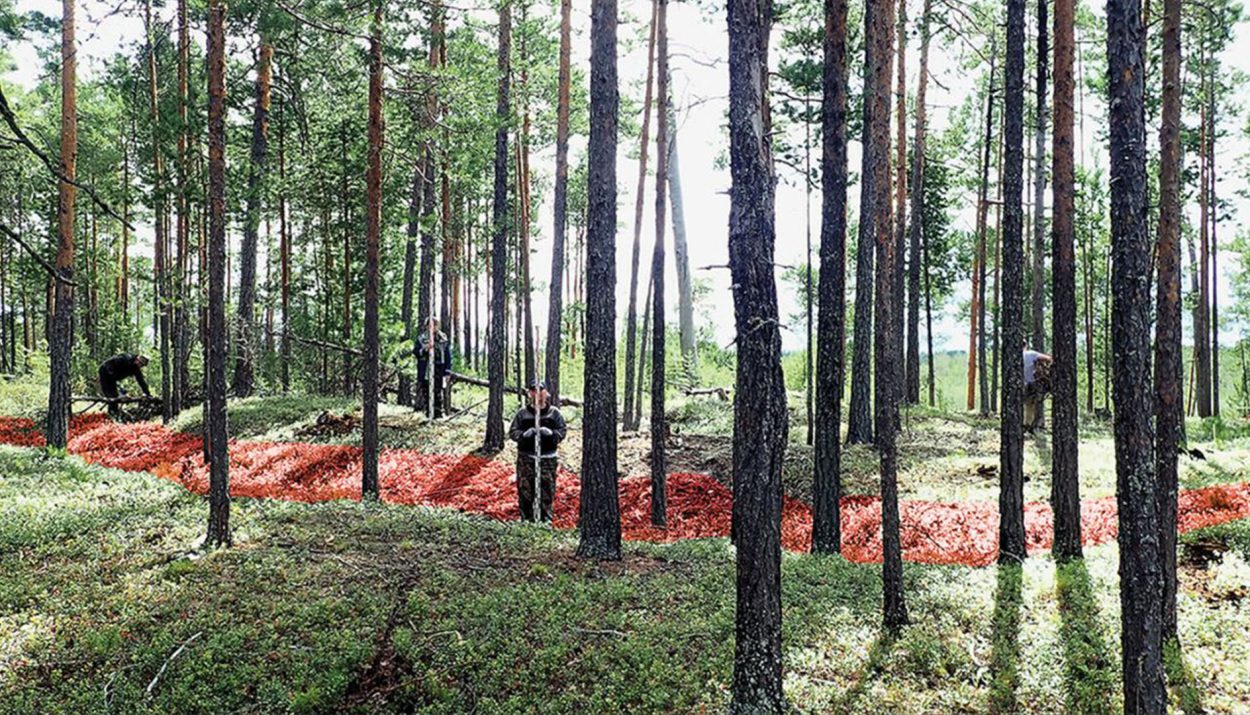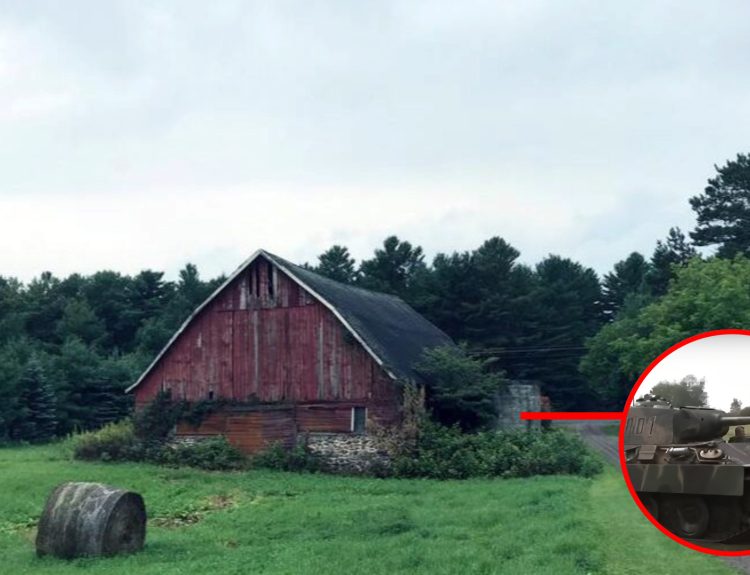The remains of a fortified structure unearthed in Western Siberia in 1987 have finally been dated using radiocarbon technology. The results have made the scientific world sit up and take notice. This earliest-known example of a fortified settlement, in fact, is forcing researchers to rethink the human timeline.
Moreover, it is forcing scientists and anthropologists to realize that the human timeline is more complex and less linear than previously thought. The findings have also allowed researchers to view environmental factors as a contributor to the development of human societies. Let’s take a closer look at this Siberian fort and what it has to tell us.
The Oldest Known Fortified Settlement
Found near the Amnya River in Western Siberia, the Amnya Complex is an important archaeological site. Here, archeologists have found the oldest known fortified human settlement, which is also the northernmost fort from the Stone Age.
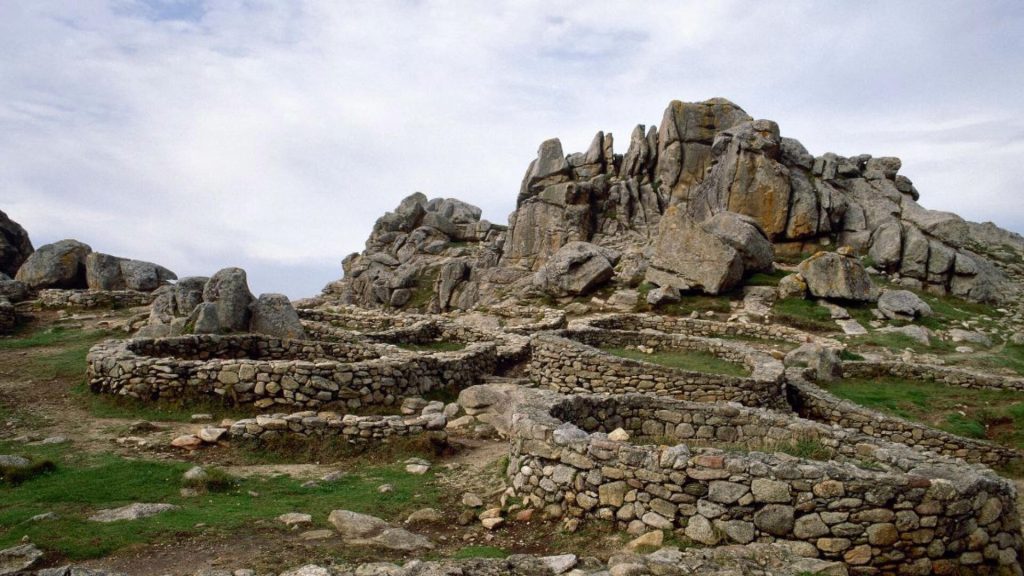
Today, the archaeological site is divided into two sections, Amnya I and Amnya II. Both sites were built on an escarpment that once overlooked the river. As the river shifted its path, peat bogs formed near the area.
Pit Houses
In each section of the Amnya Complex, excavations have revealed the remains of ten pit-houses. The sizes of the pit-houses varied, and the two areas were about 165 feet away from each other. At the Amnya I site, archaeologists found evidence of manmade banks and ditches.

This extensive system of earthworks defended and protected the structures from enemy raiders. There is evidence that the structures had been destroyed by fire and rebuilt several times.
A Discovery Dating Back to 1987
In 1987, archaeologist V.N. Shirokov discovered the structures near the Amnya River. Together with V.M. Morozov and V.I. Stefanov, an initial excavation of the site was conducted between 1987 and 1989.
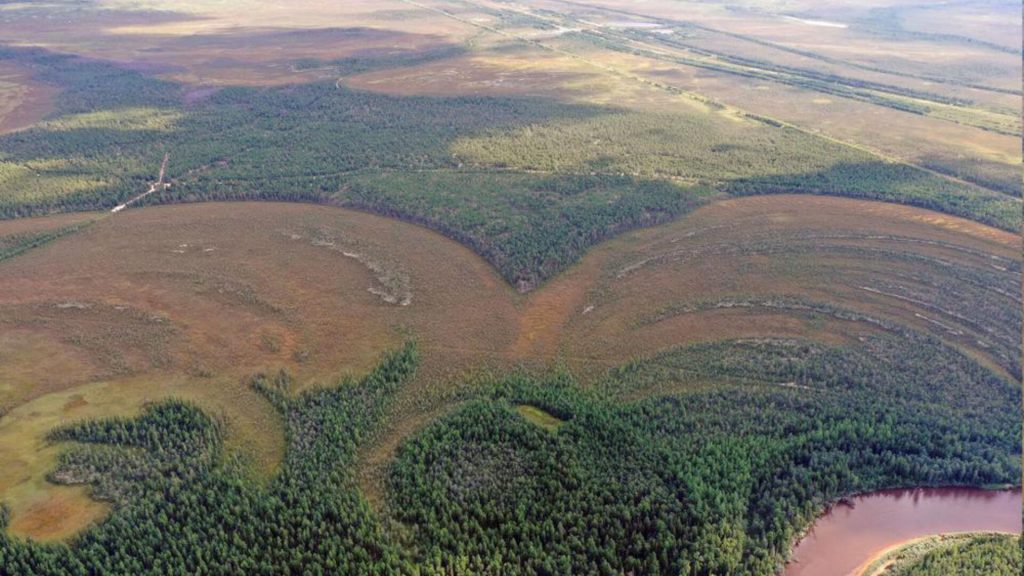
A subsequent dig at the site in 2019 by a joint team of Russian and German archaeologists allowed the researchers to collect charcoal samples to be radiocarbon dated. The results of this analysis were surprising.
More than 8,000 Years Old
The radiocarbon test results showed that at least one of the pit houses at Amnya I – a structure that was surrounded by a man made ditch – was constructed in the last century of the seventh millennium BC. That was roughly 8,000 years ago.
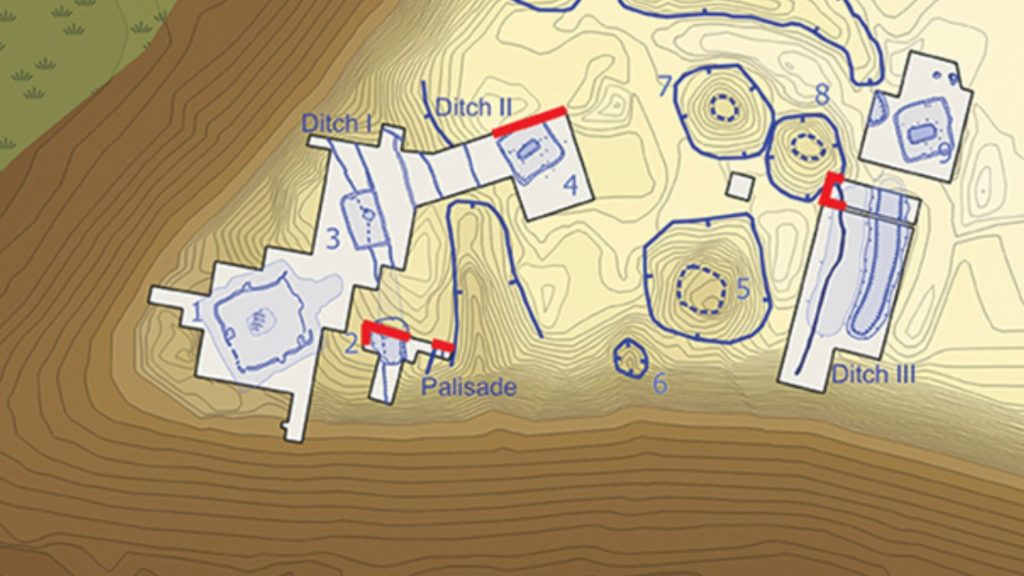
In addition, the carbon testing revealed that two more ditches, earthen banks, fences, and several more buildings were added to the site in the sixth millennium BC. What the researchers had previously learned about this site, however, didn’t match up with the timeline.
Challenging Previously Held Beliefs
It had long been assumed by archaeologists and anthropologists that only cultures who had adopted agriculture practices – both farming and raising livestock animals – were building fortifications and complex structures.

Agriculture was viewed as the prerequisite for the rise of complex societies. It was believed that hunter-gatherer cultures had not yet achieved the level of sophistication needed to build defensive structures. But the findings from the Amnya Complex proved otherwise.
Built by Hunter-Gatherers
Since the site was first studied in the 1980s, researchers agreed that the Amnya Complex was built by hunter-gatherers. The area around the Amnya River was rich in natural resources.

It was home to an abundance of elk, reindeer, birds, and fish … plenty of game animals for hunting. In addition, the plants, fruits, and vegetables growing in the area also supplied prehistoric people with a ready food source.
Hunter-Gatherers Stayed Close to Known Food Sources
Hunter-gatherer societies typically stayed in areas which historically offered them plenty of food. These nomadic groups, however, would move to other areas following harvest times, such as going to rivers during salmon spawning times or into forests in the fall to collect nuts.

According to Tanja Schreiber and her colleagues who authored a scientific paper on the findings, the early hunter-gatherers learned how to store their food and how to build defensive measures to protect them from raiders.
Agriculture as a Benchmark
Schreiber and her colleagues published their paper, titled “The World’s Oldest-Known Promontory Fort: Amnya and the Acceleration of Hunter-Gatherer Diversity in Siberia 8,000 Years Ago,” in December 2023 in the Cambridge University Press. In it, they dispute the notion that agriculture is a benchmark for the transition to more sophisticated societies.
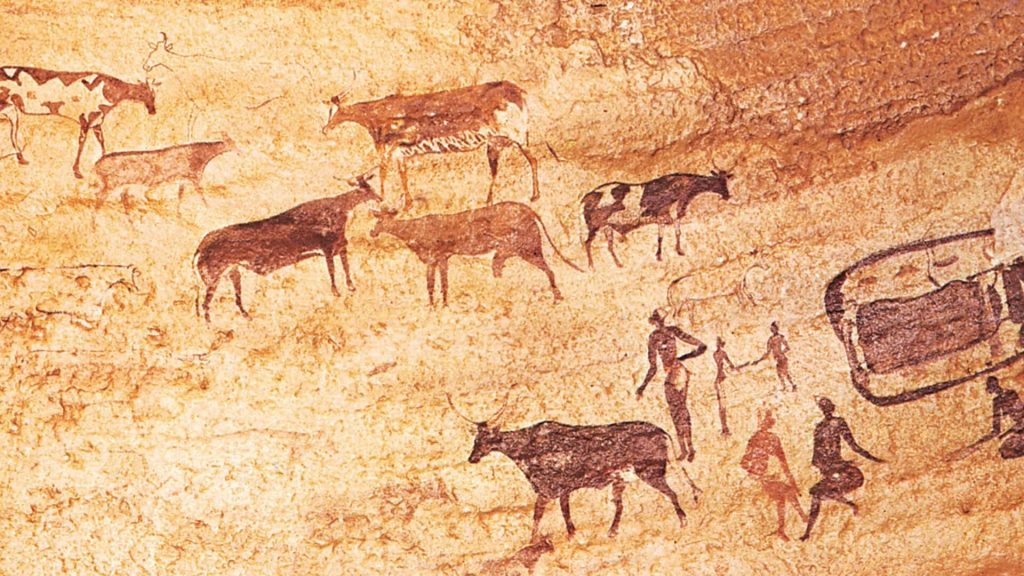
“The transition to farming is often regarded as fundamental to socio-political, economic, and ideological ‘complexity’,” they wrote. When it comes to defensive structures, they noted, studies have fallen into three categories – agriculture, pre-state, and state societies.
Opening Up a New Way of Thinking About Early Man
The paper authored by the research team observes that “Accounts of defensive behavior in non-farming societies are comparatively rare, and the topic remains largely absent from recent handbooks on hunter-gatherers and on conflict archaeology.”

The fortifications at Amnya I, however, significantly predate the advent of agriculture in the area. It opens up a new avenue of thinking and upends our current understanding of what early humans were capable of doing and building.
Societal Development May Have Been Influenced by Environment
Clearly, the findings from Amnya I prove that groups of foragers were much more advanced than experts previously gave them credit for.

But the research team thinks they know why. And it has to do with the environment a group is in and the resources that are readily available to them.
The Need to Keep Resources Safe from Invaders
Schreiber explained, “Our new examinations reveal that inhabitants of Western Siberia led a sophisticated lifestyle based on the abundant resources of the taiga environment.” Securing access to these resources and developing ways to store food for later consumption may have created the need to protect these resources.
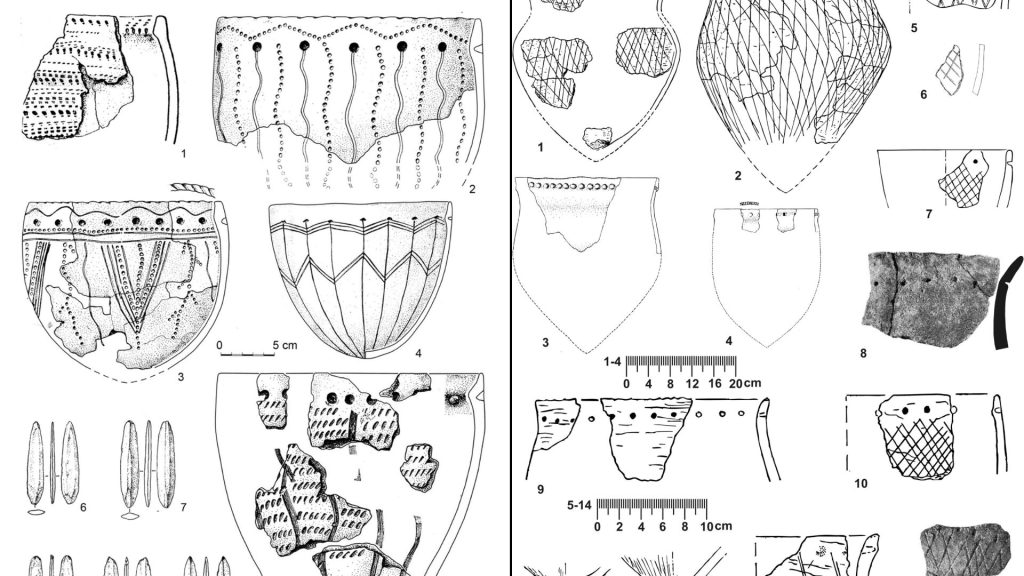
The hunter-gatherers developed pottery techniques to use as food storage containers, but they found that their food stores were vulnerable to raids from enemy groups. Defensive measures were needed to keep their resources safe.
Food and Resources as a Guiding Factor
Japhet Johnstone of the Free University of Berlin, also wrote about the findings from Amnya I, saying, “They highlight the significance of local environmental conditions in shaping the trajectories of human societies.”
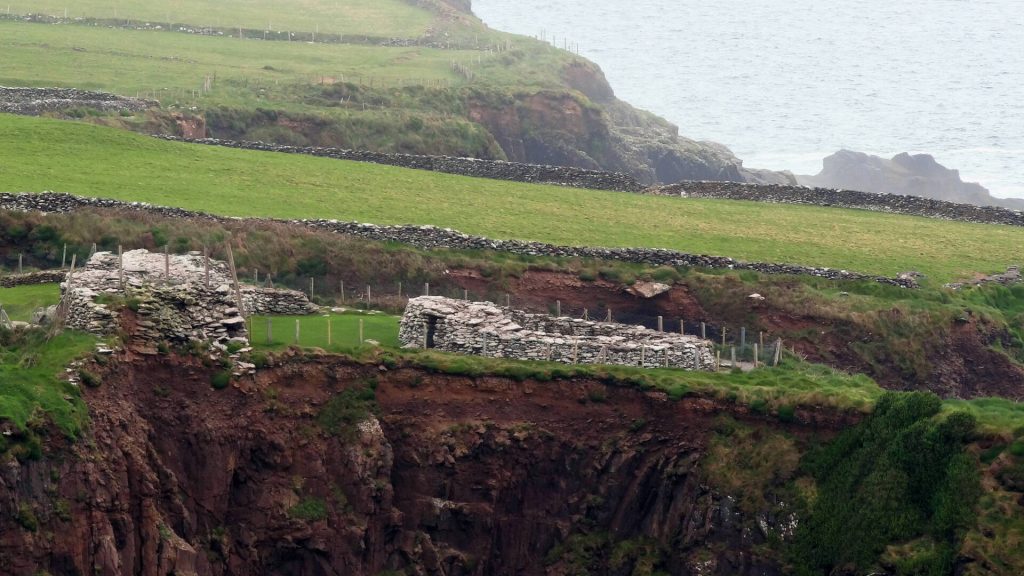
The information gleaned from Amnya I also illustrate how the development of societies did not happen in a simple, linear way. Johnstone noted, “The findings underscore the diversity of pathways that led to complex societal organizations.”

